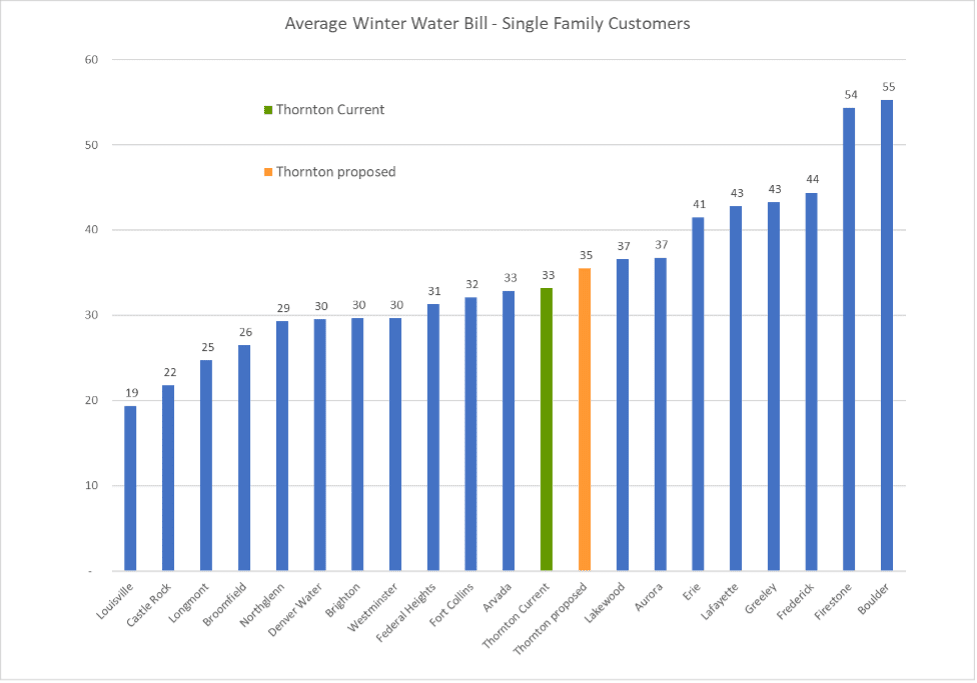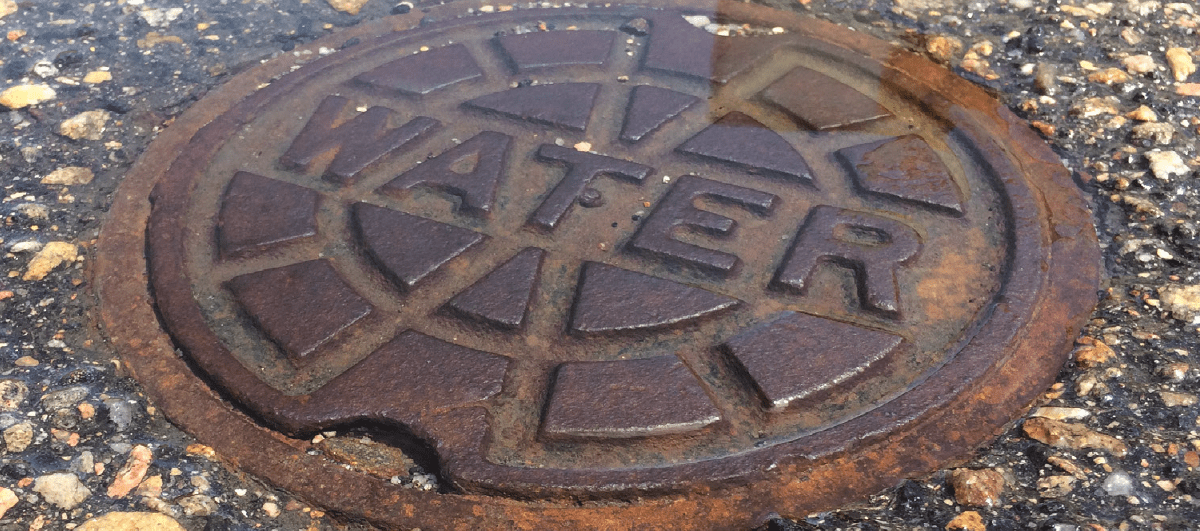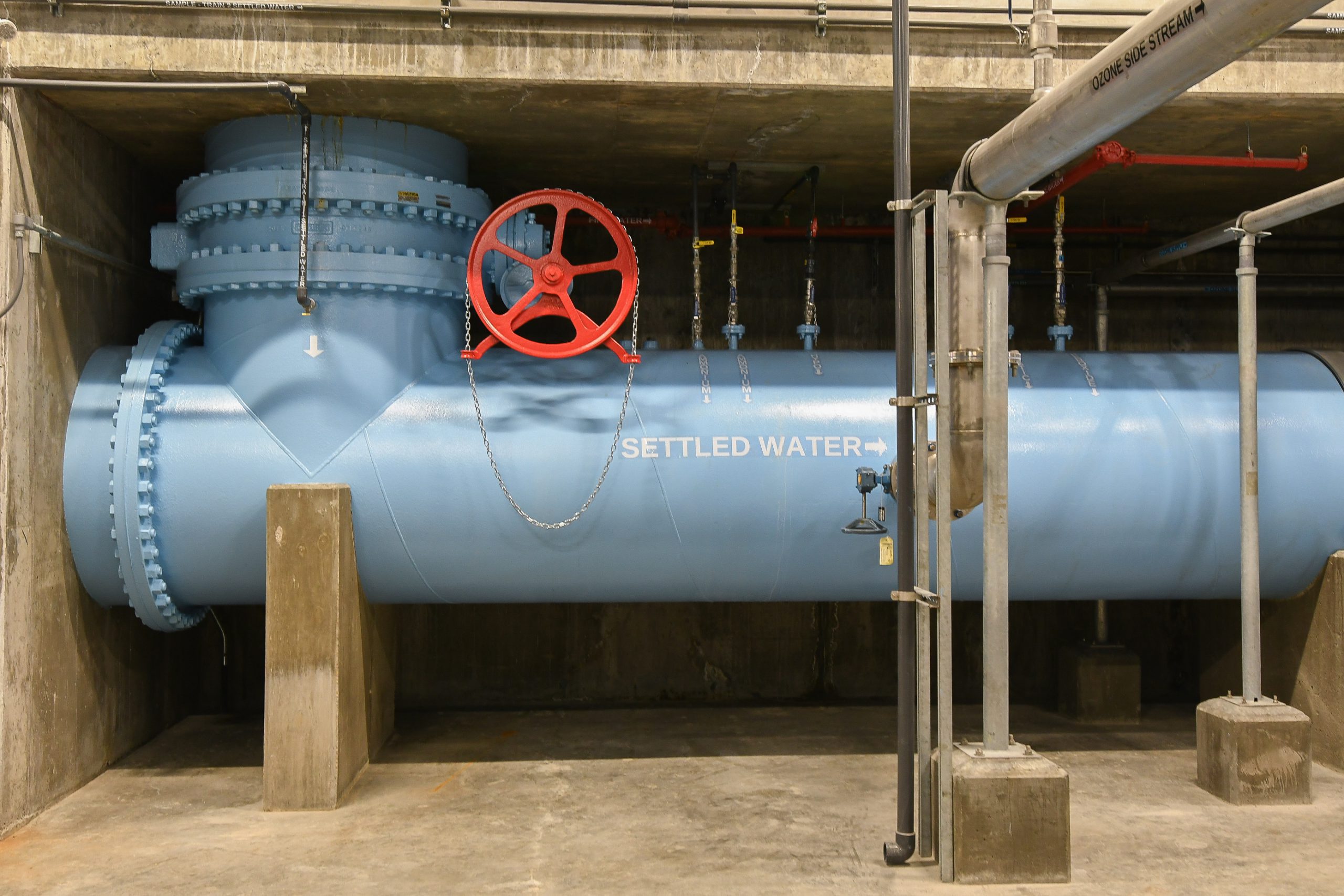Investing in Our Community’s Water System
Like any well-rounded organization, maintaining a sustainable water utility requires thoughtful investments and long-term growth. Much like other cities across the country, Thornton continues to see increased costs to maintain and improve our water system. To continue providing our customers with safe, reliable drinking water, we are implementing a water rate increase for all customers, effective April 1, 2024.
Most residential water customers will see an average monthly increase of $2.32 during the winter and $4.79 during the summer. Calculations are based on an average monthly water use of 4,000 gallons in winter and 10,000 in summer. Individual bills are determined based on actual monthly usage.
How does Thornton compare to other Front Range water rates?
Even with this rate increase, the city of Thornton’s water rates will continue to be among the most affordable compared to other cities within the Front Range. We strive to keep our rates as low as possible for our customers while carefully balancing the rising costs of maintaining an efficient water system.

If you’re having trouble paying your water bill, Thornton’s Water Assistance Program can help income-qualified individuals and families. For assistance or questions, visit the Thornton Water Assistance Program website, call 720-977-5800 or email Assistance@ThorntonCO.gov.
Water by the Numbers
Maintaining a reliable water supply while adhering to strict water quality standards is complex and costly. The 2024 water rate adjustments are driven by inflation, water system maintenance, and removing PFAS contaminants — or “forever chemicals” — from the water supply.
Like many commodities and services, the cost of materials, labor, and infrastructure maintenance changes over time and can necessitate an annual increase. Learn more about how your water services work on Water at Work.
Thornton is responsible for:
-
600+ miles of underground pipe
-
45,000 water accounts
-
2 drinking water treatment plants with 107 dedicated employees
-
8.2 billion gallons of water supplied to our community each year
PFAS removal
The U.S. Environmental Protection Agency estimates it will cost $772 million per year for the nation’s drinking water providers to comply with proposed new guidelines for “forever chemicals” in drinking water. Per- and polyfluoroalkyl substances (PFAS) are a group of human-made chemicals linked to potential health risks. Addressing PFAS contamination in the water supply is a top priority for Thornton. However, this comes at a cost, as advanced technologies and treatments required to remove these contaminants are expensive. To minimize these costs, Thornton is actively pursuing legal settlements and federal funding to reduce the financial burden of PFAS removal and ensure your water is clean and safe.
Saving money through water efficiency
Reducing our community’s water demand has broad benefits for all residents. In fact, many of you have been participating in water efficiency programs offered by the city for 20 years. That tells us you care about water and are committed to reducing citywide demand to help reduce energy, maintenance, and water treatment costs.
In 2023, customers took advantage of 955 rebates and services, saving an estimated 6.3 million gallons of water annually. Simple practices, such as fixing leaks and adopting efficient irrigation techniques, can significantly impact both our community and our environment. Visit our rebates and services webpages to learn more!
Questions about your utility bill? Contact Utility Billing at 303-538-7370 or visit gocot.net/Billing.







